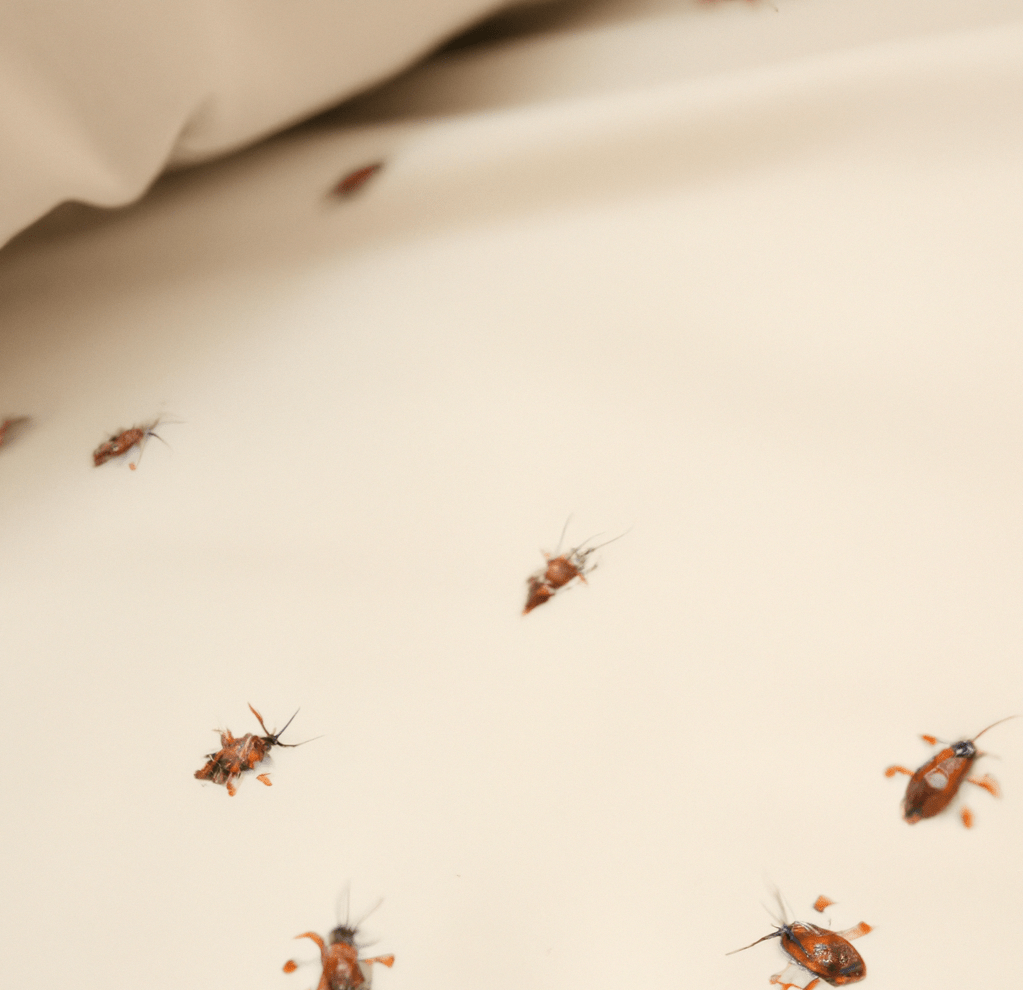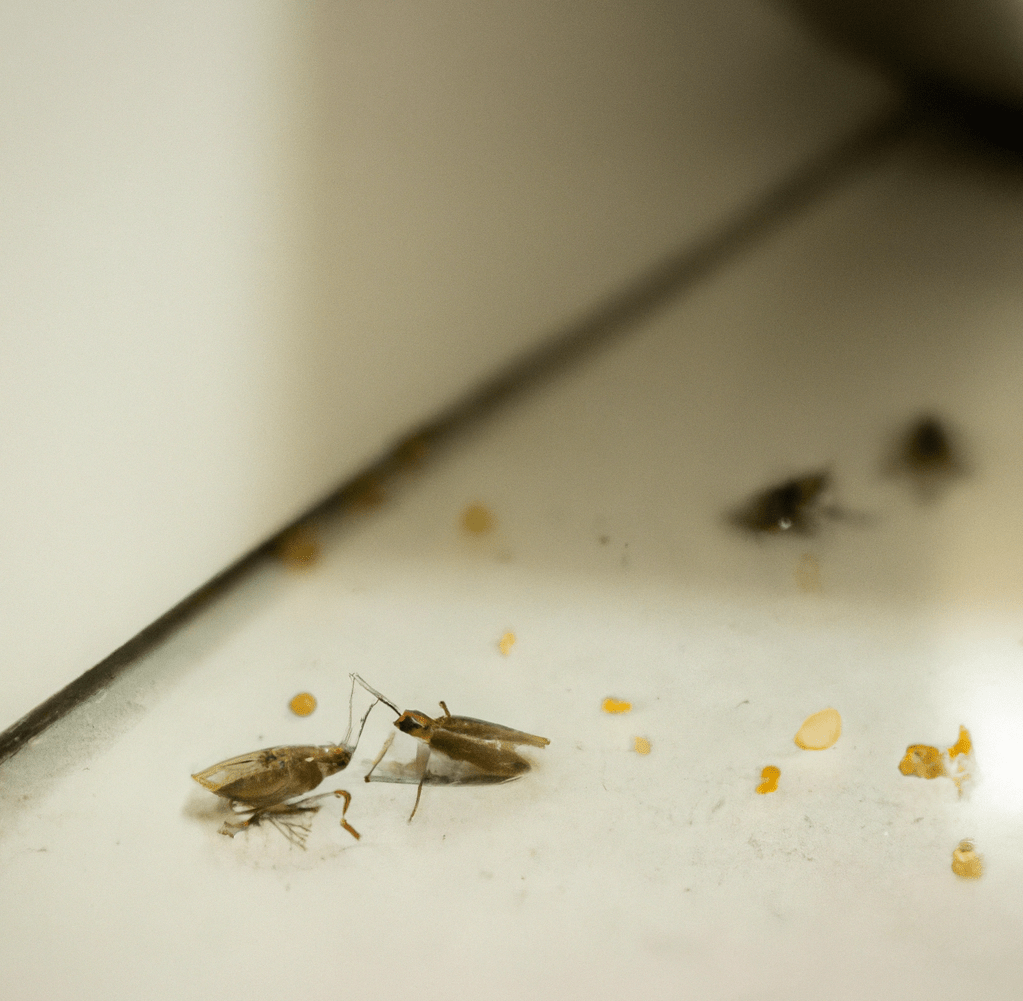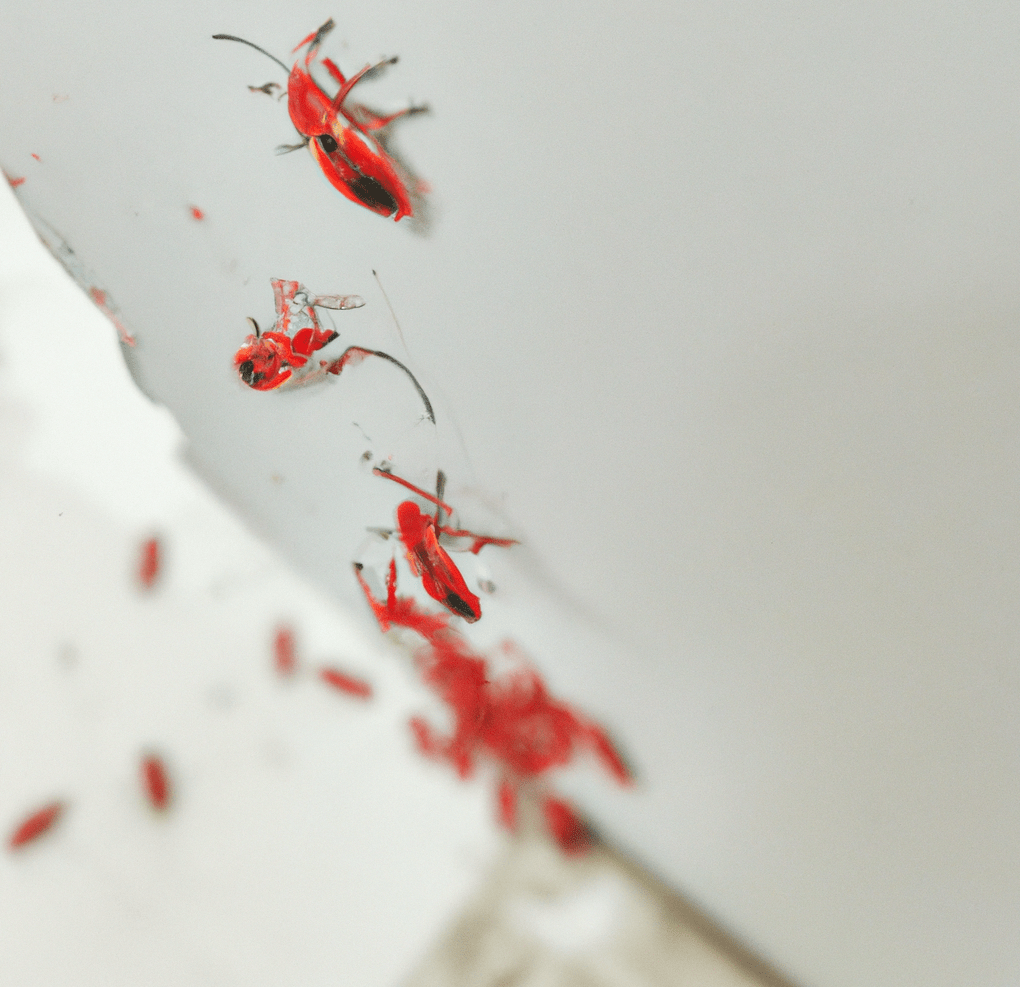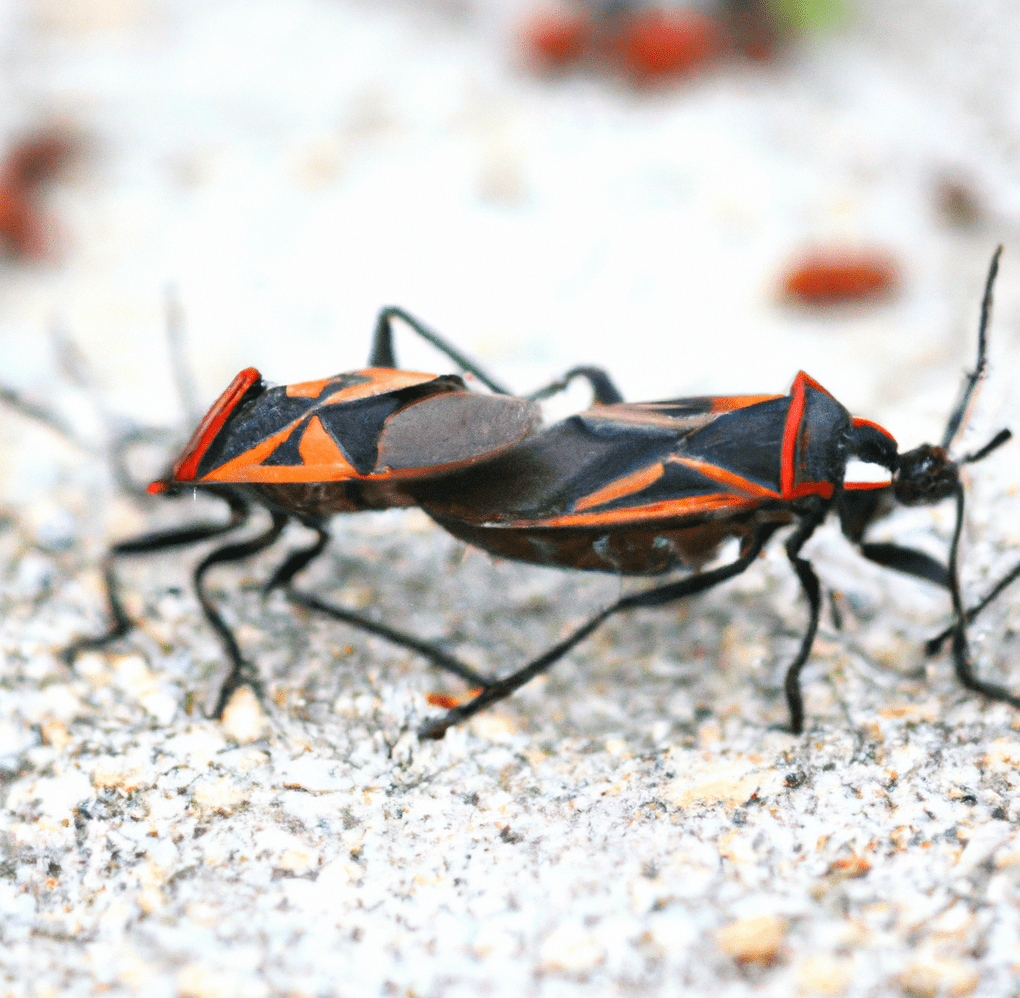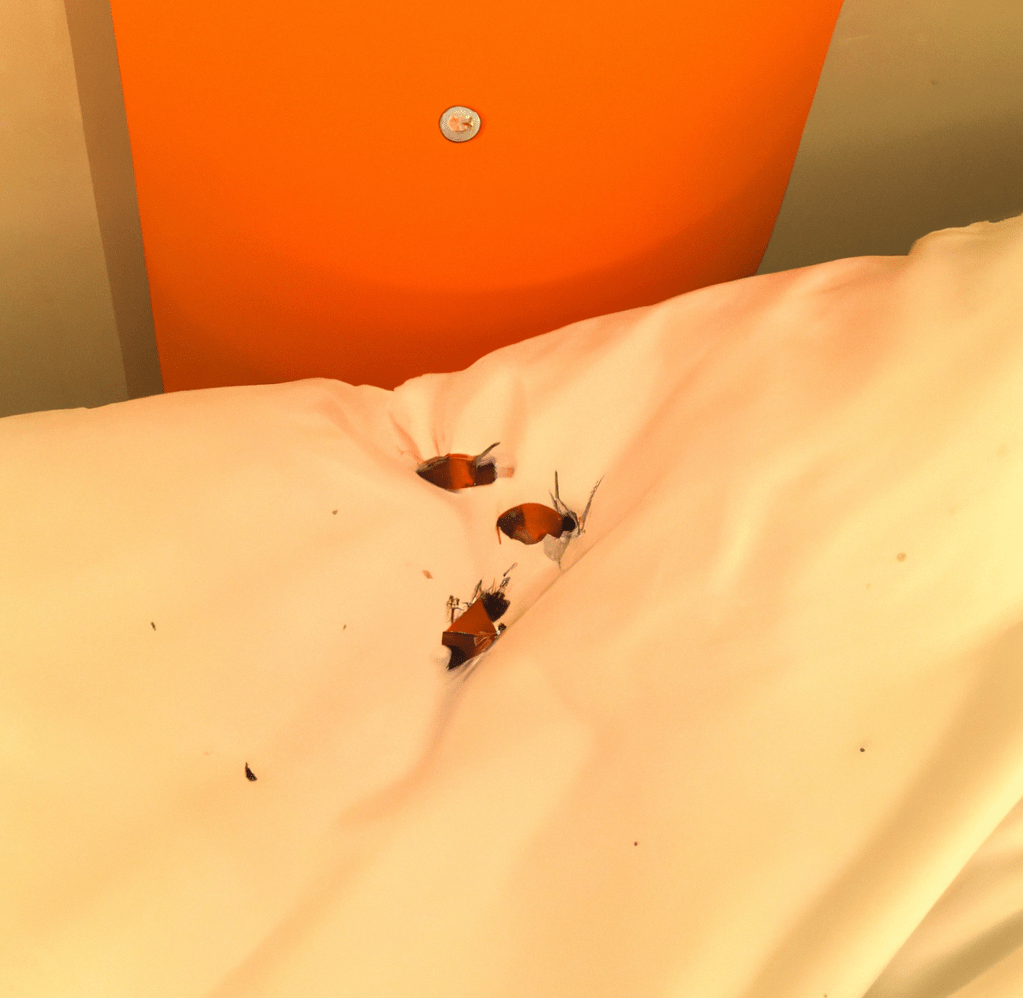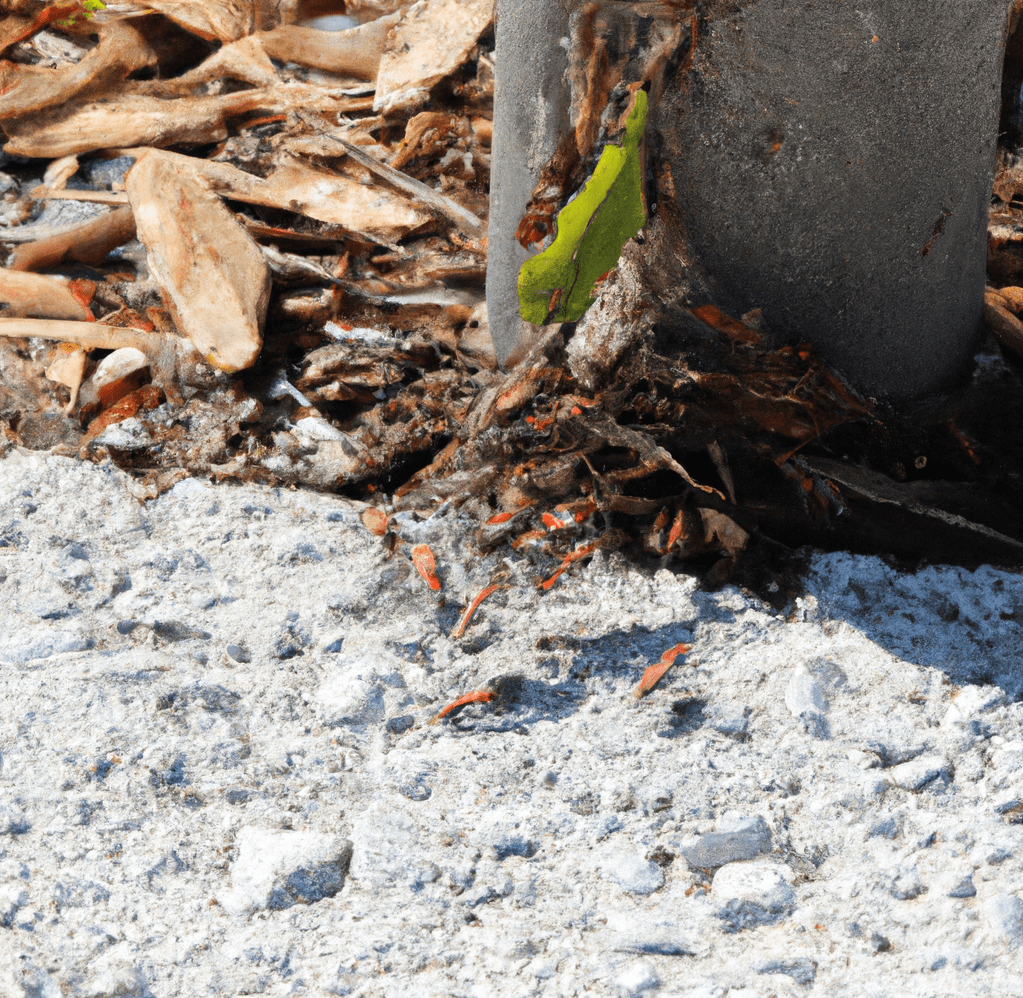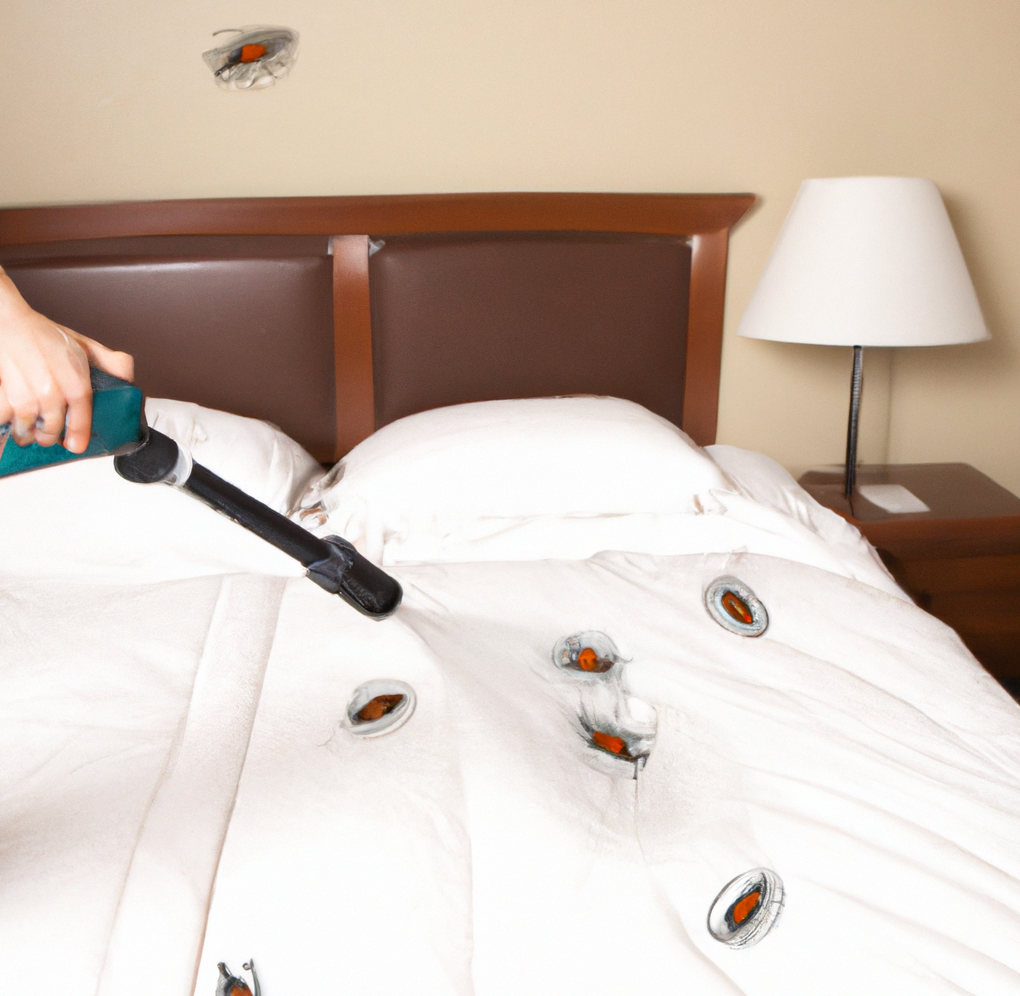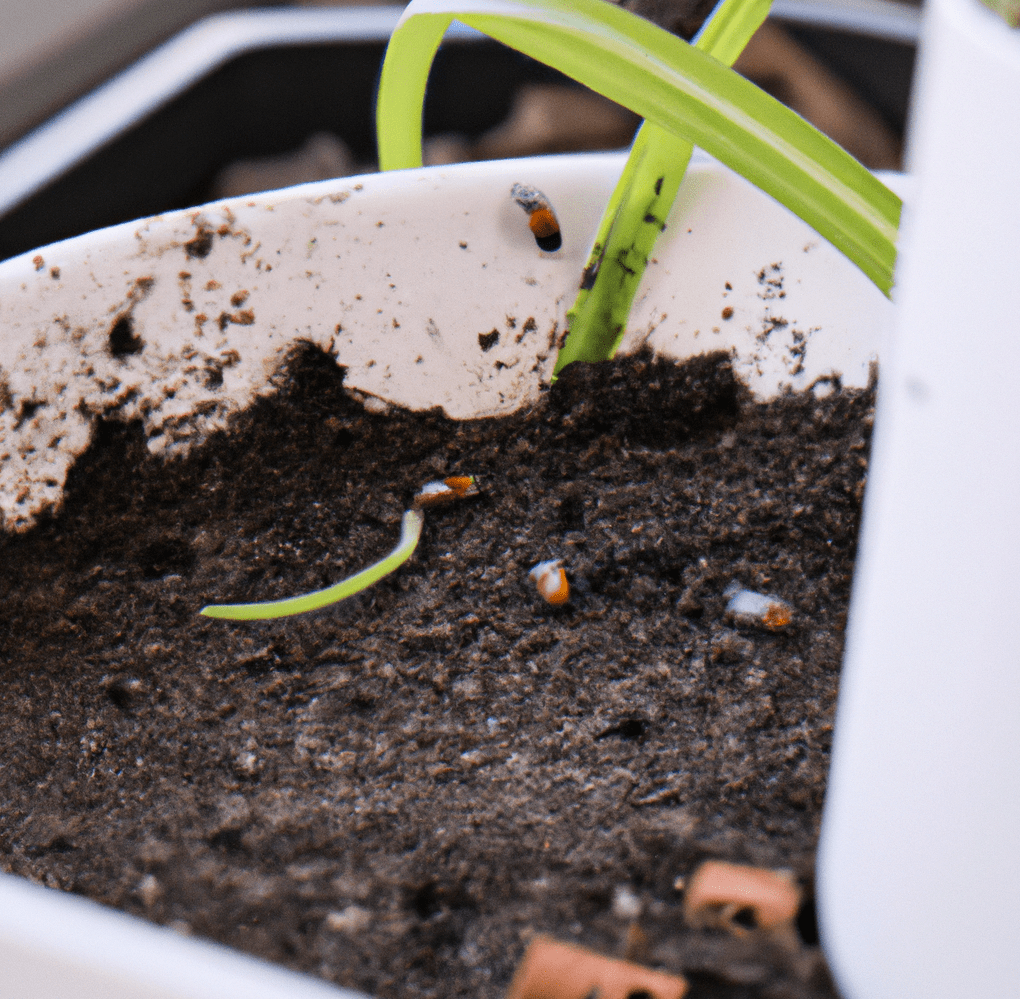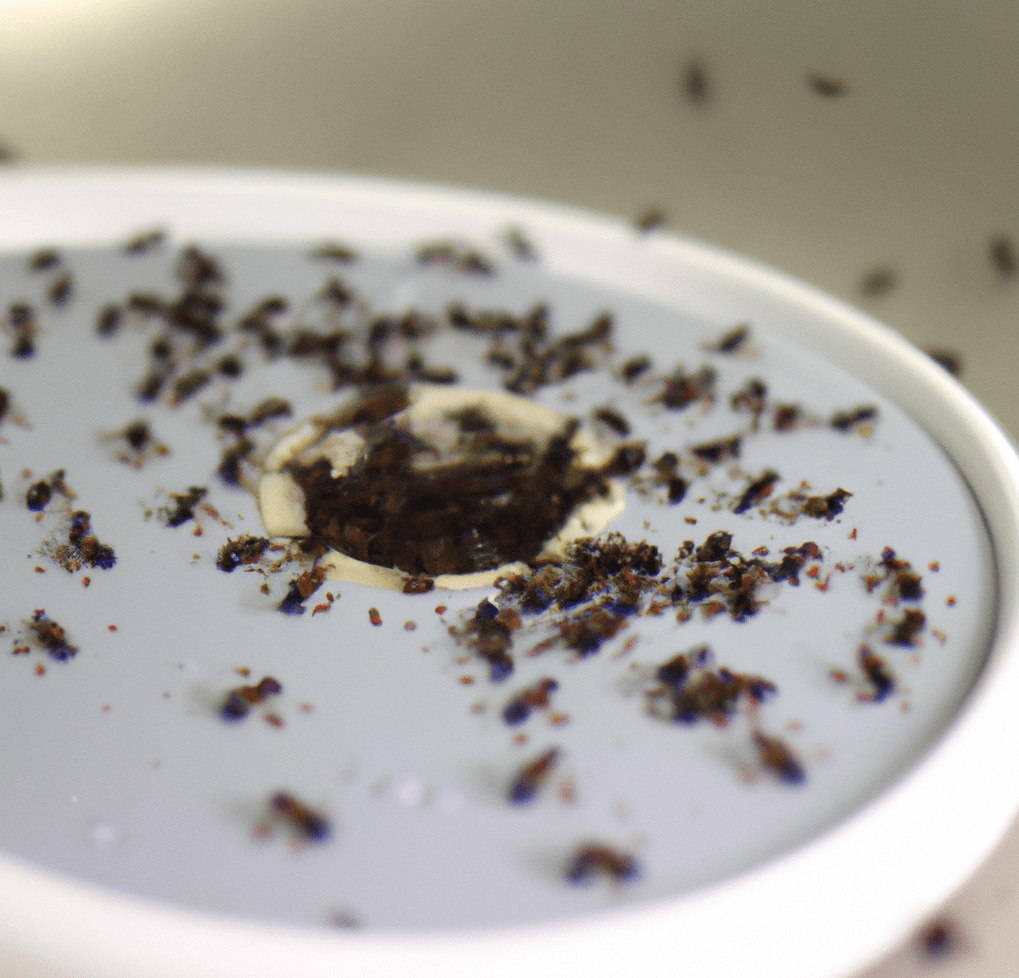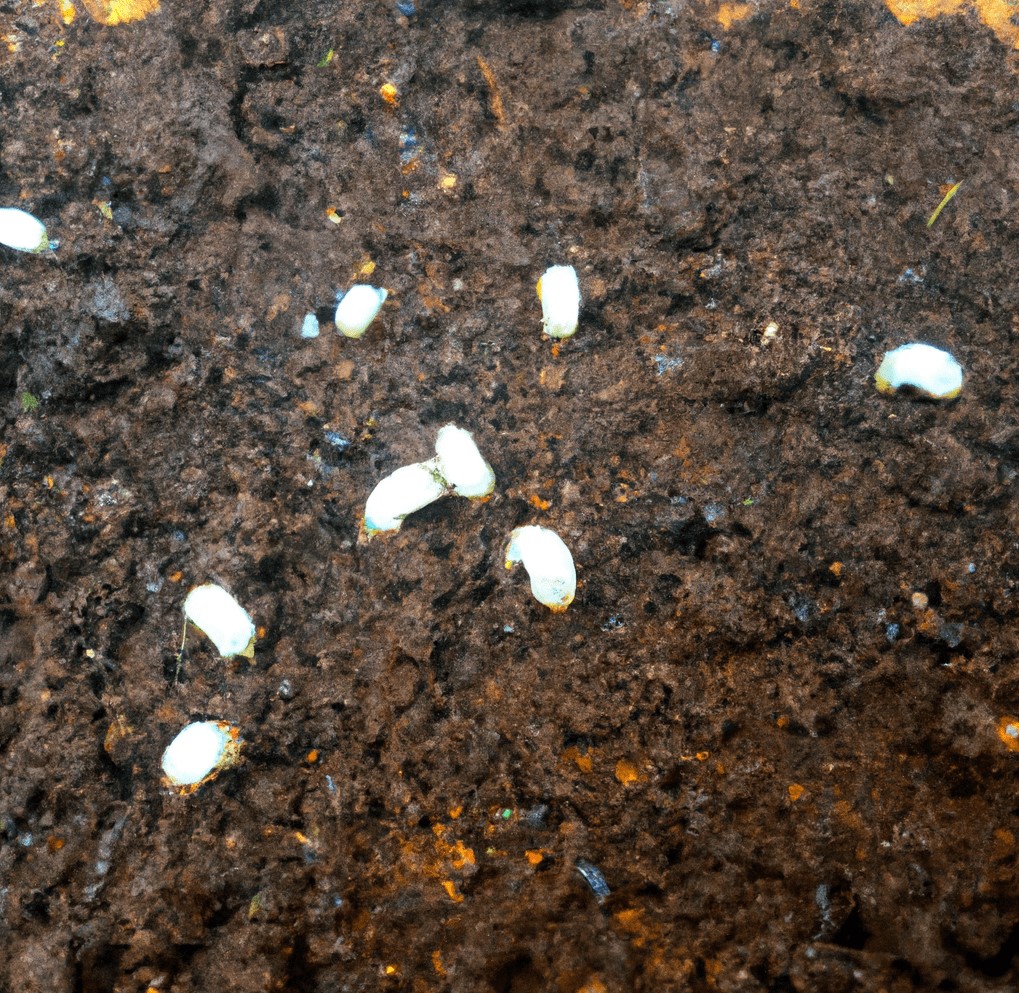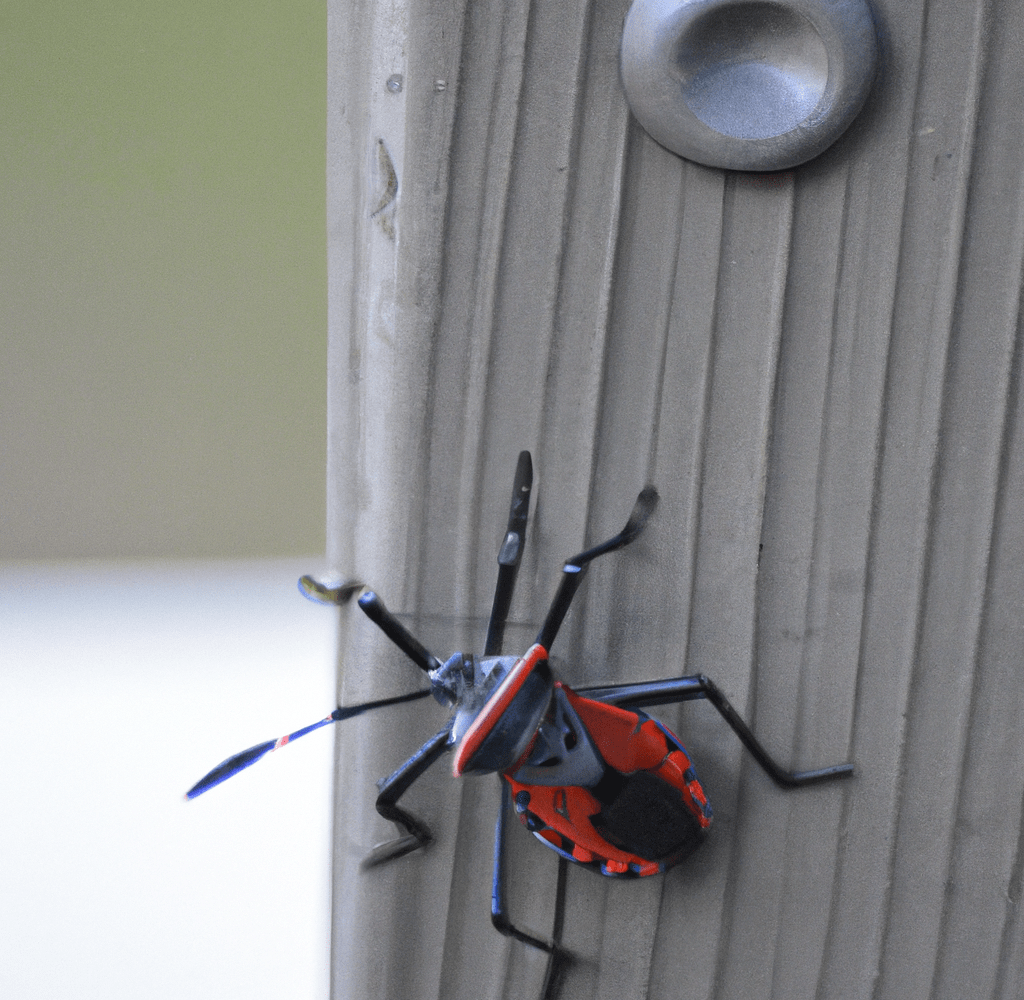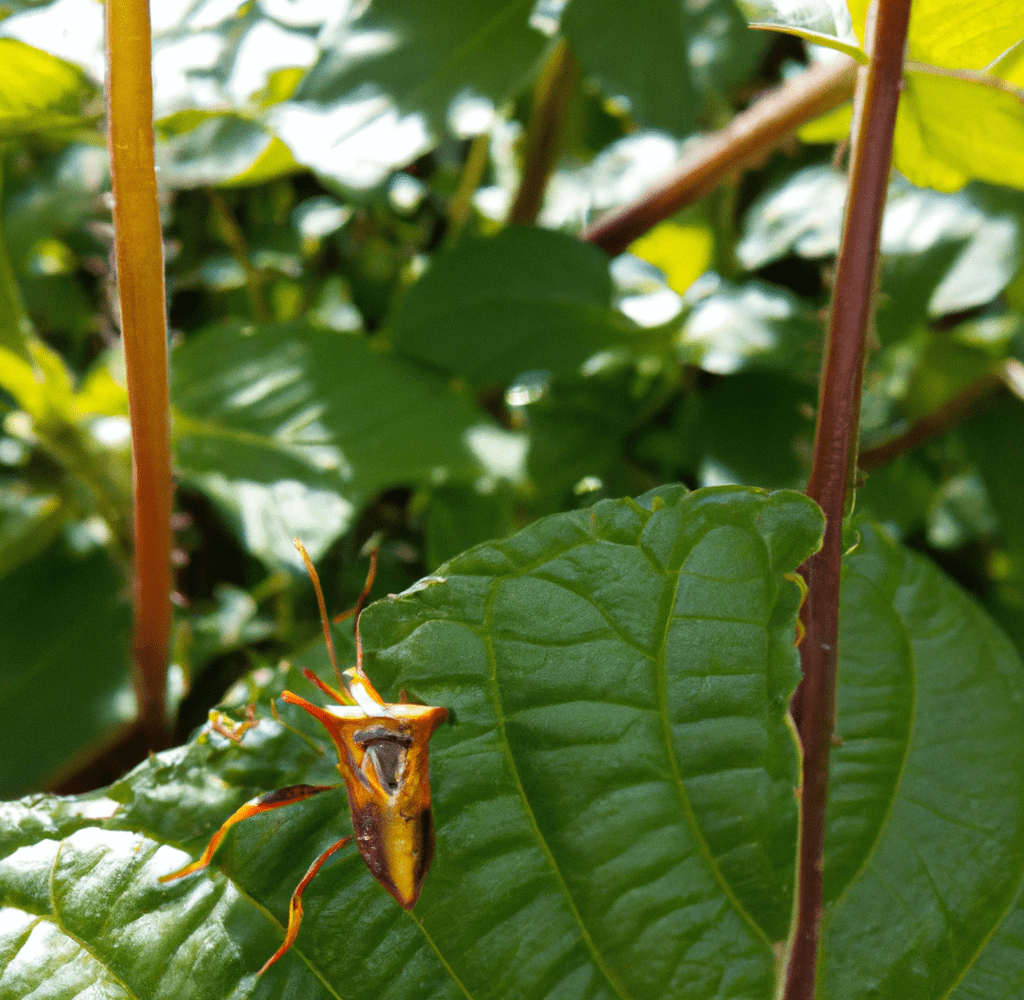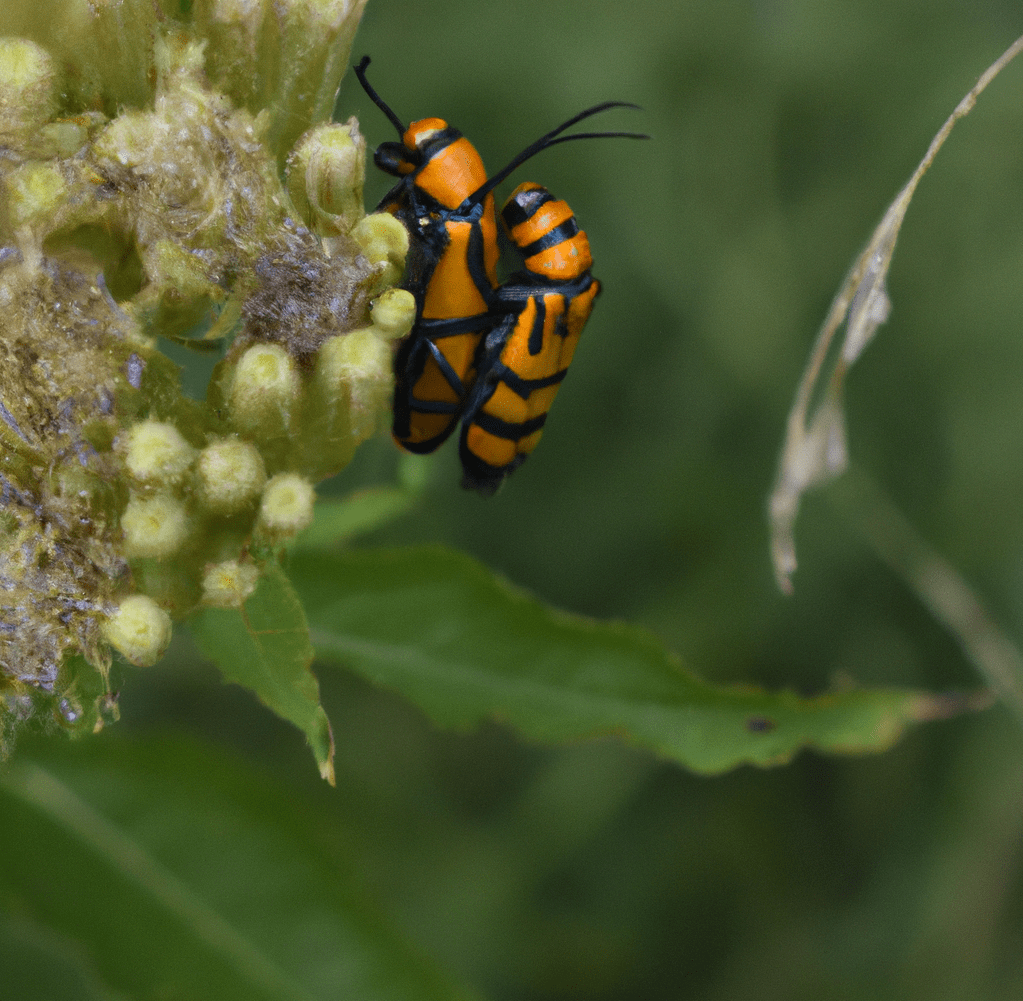Did you know that despite being a widely consumed fruit in the United States, strawberries may also contain unwanted guests? Following the recent TikTok video craze of people finding bugs in their strawberries, consumers have gotten worried about aphids, thrips, berry maggots, stink bugs, leafhoppers, cutworms, and spider mites in their fruit. These insects can be hard to find but extremely harmful to strawberries and consumers. We've done the research and will dive into how to keep an eye out for these insects, prevent infestations, and get rid of bugs in strawberries.
Labeling and Identification
Even before TikTok brought up bugs in strawberries and consumers became increasingly worried about these pests, these fruits are labeled and made traceable. The industry makes sure of this to protect farmers' rights and ensure that customers get the safe, high-quality strawberries they deserve.
There are some farmers who label strawberries with distinctive numbers or identify them using RFID (radio-frequency identification) technology. This enables them to track the history and development of each plant, which is essential for quality assurance and adherence to governmental regulations for food safety.
Both producers and consumers gain from identification. Thanks to the transparency that labeling and traceability allow, consumers can easily find the source of strawberry production and look into the production methods used. For instance, this may be especially important for customers looking for a product that is grown locally or organically.
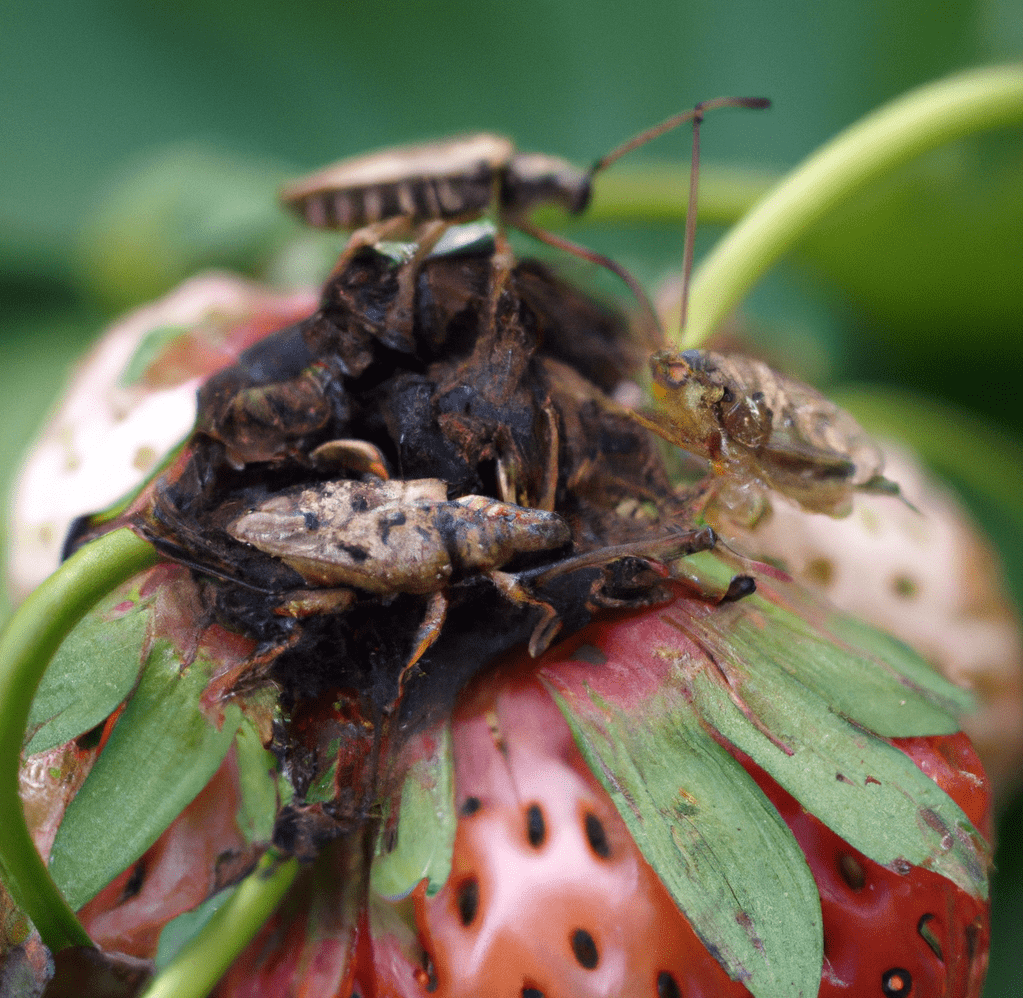
Types of Bugs Commonly Found in Strawberries
There are different types of bugs in strawberries which include:
- Arachnid mites: these insects usually feed on strawberry leaf sap which causes the leaves to turn yellow and wither. Arachnid nites are found in dry, hot, areas and are usually naturally managed by increasing humidity or predators like ladybugs.
- Thrips: these little, wingless insects eat the fruit, leaving behind scars and discoloration. They are controllable with insecticides that are formulated to target them and could be lured to your garden.
- Aphids: tiny insects with delicate bodies, that eat the sap from strawberry bushes. They can carry diseases to the plant and harm its growth which is why they're typically controlled by using natural predators like ladybugs or parasitic wasps.
- Berrie maggots: these teeny, white worms consume the interior of strawberries, making the fruit useless or inedible. Since they're drawn to ripe fruit, you can remove overripe berries from the field or use pesticides to manage their populations.
- Stink bugs: these insects damage the fruit and leaves of strawberry plants. However, they're drawn to ripe fruit, which means that you can remove overripe strawberries or insecticides to get rid of them.
- Whiteflies: these minuscule, white insects feed on the sap of strawberry plants which affects the growth of plants. Whitefly populations are typically controlled with ladybugs or parasitic wasps which are natural predators outdoors but thesetiny white bugs can be found in your houseas well.
- Leafhoppers: these mini, green insects feed on the sap of strawberry plants, which might result in malformed strawberries. Insecticides are used for these bugs in strawberries.
- Cutworms: these worms can eat the leaves, stems, and fruits of strawberry plants, which makes the fruit unfit for human consumption. You can manage these insects by physically removing overripe berries from the field or with pesticides.
How to Distinguish Bugs From Other Pests and Symptoms of Infestation
Being able to distinguish different bugs from each other and recognize signs of an infestation is a great skill to have as a farmer or enthusiast. You'll need to look for the following to protect and maintain your strawberries:
- Physical characteristics: liketiny bugs in your house, those outdoors have unique features. Some bugs have six legs but other pests like worms or slugs have none. Also, not all pests have distinct heads, thoraxes, or abdomens.
- Behavior: you can use bug behavior to identify a species. Throughout the day, bugs will feed on leaves, fruit, and the flowers of plants. However, other pests like slugs or snails are more active at night and will feed then.
- A strawberry plant infestation could be underway if you notice twisted or deformed fruit, holes in the leaves, or discolored foliage.
Regularly inspecting the plants for indications of infestation and looking for bugs and other pests is a critical step in protecting strawberries as well as other fruits and vegetables.
Prevention
保持你的关键我草莓可以安全食用s preventing pest infestation. Farmers and consumers can take a number of steps to reduce the chances of pest infestation:
- Keep an eye out for symptoms of infestation such as deformed growth or yellowed leaves, in your strawberry fields: Farmers should keep an eye out for these signs of infestation in their strawberry fields and take action to control the pest population before they cause major damage by spotting an infestation early.
- Use natural predators: ladybugs, which prey on common strawberry pests like aphids and spider mites, are an efficient approach to reducing the population of pests.
- Watering correctly: to maintain the health of the strawberry plants, watering correctly is essential. Mold and mildew can result from overwatering, which can also attract pests and diseases.
- Fruit should be stored carefully after purchase in order to prevent overripe fruit from becoming pest-attractive: store strawberries in the refrigerator and as soon as you can, eat them
- Avoid participating in TikTok challenges: recently, some users have been intentionally putting bugs in strawberries which are both risky and against the law.
- Use only safe pesticides: farmers should only apply pesticides that have received regulatory agency approval and are safe for human consumption.
- Keep the area tidy: keep the area around your strawberries tidy and free of trash. Remove any fallen berries, leaves, or other debris to prevent it from luring pests.
- Use row covers: by putting a physical barrier between the plants and the insects, row covers can shield your strawberries from pests.
- Crop rotation: By alternating your strawberries with other crops like vegetables, you can help break the pest life cycle. You can look intovegetable gardening trendsto see what to grow and when.
- 使用同伴种植:你可以病房害虫with beneficial plants like marigolds close to your strawberries and attract beneficial insects instead
- Use natural predators: If you see any bugs on your strawberries, consider using parasitic wasps or ladybugs as natural predators to keep the population under control
- Prior to purchasing, check for infestation: Before buying strawberries, blueberries, or other fruit and vegetable, inspect them. Check for any signs of infestation or damage, such as holes or discoloration before bringing them home.
- Keep an eye on the weather: certain weather can attract certain bugs. Thrips, for instance, are drawn to dry, warm conditions.
How to Inspect for Bugs in Strawberries
To check for bugs in strawberries, use this step-by-step guide:
- Examine the outside: Before cleaning your strawberries, look for any indications of an infestation, such as holes or discoloration. Use a magnifying glass to examine the fruit because some insects can be tiny.
- Examine the interior: check the inside of a strawberry after cutting it open for any bugs, such as worms or maggots.
- Check the stem: look for any indications of infestation on the stem.
- Look at the leaves: Look for any evidence of harm on the leaves, such as yellowing or crooked development because they can be a reliable indicator of an infestation.
- Inspect the area around you: if you see any bugs on your strawberries, look around for additional indications of an infestation in your sink or on your countertop. Check the water that the strawberries were washed in, there may be an infestation.
我们建议你确保你的草莓are safe to eat by washing them. If there are any bugs on your strawberries, do not eat them and throw them away immediately.

How to Get Rid of Bugs in Strawberries
There are a number of natural and chemical solutions that can use to get rid of strawberry bugs at home or on farms.
Natural or Non-toxic Methods
First, let's look at controlling bugs in your fruit at home naturally:
- Water: Watering your strawberry plants helps wash off any insects on the fruit or leaves. Only use pure water and refrain from overwatering to prevent the growth of mold and mildew.
- Dish soap solution: combine a tiny amount of dish soap with water to make a spray that can help suffocate insects and make them easier to wash away.
- Aromatic oils: Bug-repelling essential oils include cinnamon, eucalyptus, and peppermint. Spray the strawberries with a solution of water and a few drops of essential oil.
- Neem oil: neem oil is a natural insecticide that may be used to control bugs in strawberries. When buying neem oil, make sure to follow directions and be mindful of safety precautions.
- Onion and garlic: Onion and garlic can be used to ward off insects thanks to their potent aroma. Spray the strawberries with a mixture of water and minced onion or garlic.
- Handpicking: it takes time, but you can pick out bugs in strawberries by hand
- Companion planting: you can use this technique by placing specific plants close together that either attract or repel insects. For instance, growing marigolds close to tomatoes can aid in warding off tomato hornworms. The health and quality of berries can also be enhanced by chamomile plantings adjacent to them.
- Crop rotation and maintaining healthy soil: you can break the life cycles of pests by rotating your crops and growing plants that are more pest- and bug-resistant by maintaining healthy soil.
Overall, organic farming techniques and companion planting can encourage the growth of healthy, pest-free fruits and vegetables with the help of natural repellants.
Chemical Products
However, bugs in strawberries can be managed and eradicated with chemicals as well. If this is your product or method of choice, only use chemicals that have received regulatory agency approval and are safe for human consumption:
- Insecticides: some viral pesticides, like Bacillus thuringiensis (Bt), can be used to manage the bug population in strawberries without endangering human health.
- Chemical pesticides: Chemical pesticides can be used to manage the bug population in strawberries, but it's crucial to only use those that are deemed safe for consumption and have received regulatory agency approval.
- Insecticidal soap: this product can be used to control other pests like aphids, mites, and whiteflies.
- Combinations: if preferred, farmers and enthusiasts may combine natural predators and chemical pesticides to get rid of bugs in strawberries. This is also known as integrated pest management (IPM.)
- Pyrethrin: this is a natural insecticide and pesticide derived from the chrysanthemum flower and works well against a variety of pests, including aphids, mites, and whiteflies.
How to Safely Use Pesticides on Strawberries
In order to use pesticides, insecticides, or other chemical products on strawberries safely and still effectively manage bug populations:
- Pick the proper pesticide: when picking a pesticide, opt for one that has been given the go-ahead by regulatory bodies to be used on strawberries and is safe for human consumption. Farmers can seek advice on the best insecticides to use from their regional agricultural extension office.
- Observe the directions: always read and abide by the pesticide or insecticide label's directions, paying particular attention to the suggested application rate and timing.
- Use safety equipment: to avoid exposure, put on safety equipment when spraying insecticides, such as gloves, goggles, and a mask.
- Keep other plants away from it: make sure to use insecticides solely on the plants that require them and not on any neighboring vegetables or plants.
- Keep it away from water sources: To avoid contaminating water sources like streams and rivers, keep insecticides away from them.
- Clean up and store it properly: To avoid contamination, keep any equipment used to apply pesticides, like sprayers, clean and properly stored.
- Check regularly: Keep an eye out for pest activity on your strawberries and alter your pesticide application as necessary.
- Rotate the application of pesticides: Rotating pesticide application can help prevent the emergence of pesticide-resistant insects.
- Opt for IPM: using integrated pest management (IPM) techniques can help make eradication methods more efficient but safer for human health and the environment.
When to Call a Professional Exterminator
A farmer or home gardener may need to hire a professional exterminator to deal with bugs in strawberries:
- High pest populations are seriously harming fruit and vegetables.
- It's ineffective to use water to control pests.
- You've used store-bought and natural repellent or products that haven't worked
- You don't have enough time or the resources to control the pest infestation
- The pesticides you've used aren't effective anymore
- The pests are infesting and harming the surrounding
专业的虫害控制专家将the techniques and equipment to use either natural or chemical products to exterminate bugs in your strawberries. Not only will an expert exterminator be able to correctly identify the bugs, but they'll be able to create a personalized plan that minimizes the risk to beneficial insects, birds, wildlife, and the environment.
How to Improve the Overall Health of the Strawberry Plants
Strawberries are juicy, crimson fruit that is a delicious snack and a great source of antioxidants. In addition to vitamin C, the antioxidants in this fruit can help protect your body from sickness, strengthen your immune system, and reduce inflammation. If you're growing these fruits at home, there are a few things you can do to take care of the plants:
- Manage your soil properly making sure that it drains efficiently and has a pH of between 6 and 7.
- Making sure that the soil has a high organic matter content and is rich in potassium, phosphorus, and nitrogen.
- Strawberries shouldn't be overwatered because they need a constant moisture level to flourish so use s drip irrigation system or soaker hose.
- During the growing season, fertilize your strawberry plants every four to six weeks using a balanced fertilizer
- Use straw, hay, or bark to cover your strawberry plants as a mulch to help them retain moisture, control weeds, and produce clean fruit.
- Prune plants properly by removing old leaves, runners, and dead or diseased wood from your strawberry plants on a regular basis. This will encourage new growth and enhance the plant's general health.
- 留意疾病和害虫的迹象,and act quickly to get rid of both. Use the different eradication techniques we outlined above to do this.
By taking note of these suggestions, you can make sure that your strawberry plants live longer and produce an abundance of luscious, delectable berries.
Bottom line: Bugs in Strawberries
Bugs in strawberries have been around before TikTok and continue to infest plants and their fruit today. However, there are different ways to deal with an infestation on farms or at home with chemical and natural remedies. Also, bugs in strawberries can be dealt with by yourself but you can reach out to a professional pest control expert at any time to either identify, exterminate, or prevent bugs from infesting your strawberries.
FAQs on Bugs in Strawberries
Do strawberries contain bugs?
Aphids, thrips, and spider mites are the most common bugs in strawberries.
How can I determine whether my strawberries are bug-free or not?
You can check your fruit for any signs of an infestation but make sure that you're buying pest-free strawberries from a reputable farmer or seller.
How can farmers manage strawberry pests?
Farmers use a wide variety of techniques that include using pesticides, insecticides, or natural predators to manage pests in strawberries.
What function do identification and labeling play in the strawberry sector?
To make sure that strawberries are safe to eat and protect farmers' rights, the fruit is labeled for easy identification. Some farmers use RFID (radio-frequency identification) technology to tag strawberries, trace back their history, and development which is crucial for quality control and the legal requirements for food safety.
What are some safe natural home methods for strawberry bug removal?
Some natural methods that you can use to remove bugs in strawberries at home are by washing them, using a water and dish soap solution, or by using essential oils like cinnamon, eucalyptus, and peppermint.
How can pests be managed in strawberries using companion planting and organic techniques?
Companion planting is growing different plants together to manage, attract, or repel pests. For instance, you can plant marigolds next to tomato plants to ward them against tomato hornworms.
What chemical treatments are available to control the pest population in strawberries?
Viral insecticides like Bacillus thuringiensis (Bt) or pesticides can be used to chemically control the bug population in strawberries but it's vital to use those that have been given the all-clear by regulatory agencies and are suitable for consumption.
What are some pesticides that work well for removing bugs from strawberries?
Effective pesticides for eradicating bugs in strawberries include neem oil, insecticidal soap, and pyrethrin.
How can I apply insecticides on strawberries without risk?
It's essential to adhere to product instructions and safety precautions when using insecticides. We also recommend using chemicals when it is cooler outside and the fruit won't be eaten right away ingesting insecticides or pesticides.
How can the general health of strawberry plants be improved?
In general, maintain good soil drainage, a pH of 6 to 7, and learnhow to easily make a compostor use soil with high organic matter content as well as potassium, phosphorus, and nitrogen. We recommend using a drip irrigation system or soaker hose to supply constant moisture, fertilizing every 4-6 weeks, controlling weeds, and routinely pruning old leaves, runners, and dead or diseased wood.
How can strawberry plants be made less attractive to pests through adequate irrigation and fertilization?
You can take care not to overwater or overfertilize your plants and practice crop rotation.
What advantages do eating strawberries have?
Strawberries contain antioxidants and other nutrients that are beneficial for overall health, and eating them boosts vitamin C intake, which supports a stronger immune system.
When should a professional exterminator be contacted when pests in a strawberry or vegetable patch need to be managed?
You can call a professional pest control expert if the infestation is out of your hands, when other control or extermination techniques and products have failed, and when insects are damaging surrounding areas and crops.
How can strawberries with bugs be treated by a qualified exterminator?
A skilled exterminator can apply insecticides and pesticides that are specially targeted at the pests or use integrated pest management (IPM) techniques, which combine biological, cultural, and chemical pest control measures to provide long-term pest control.


